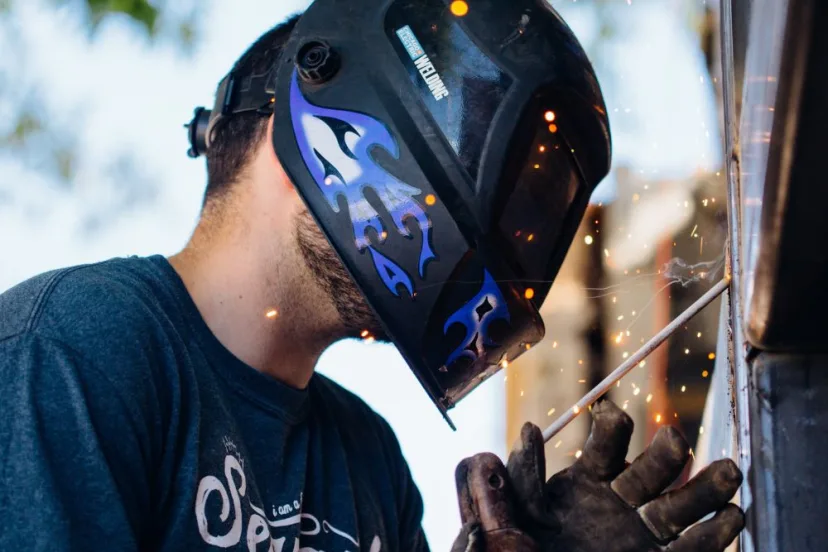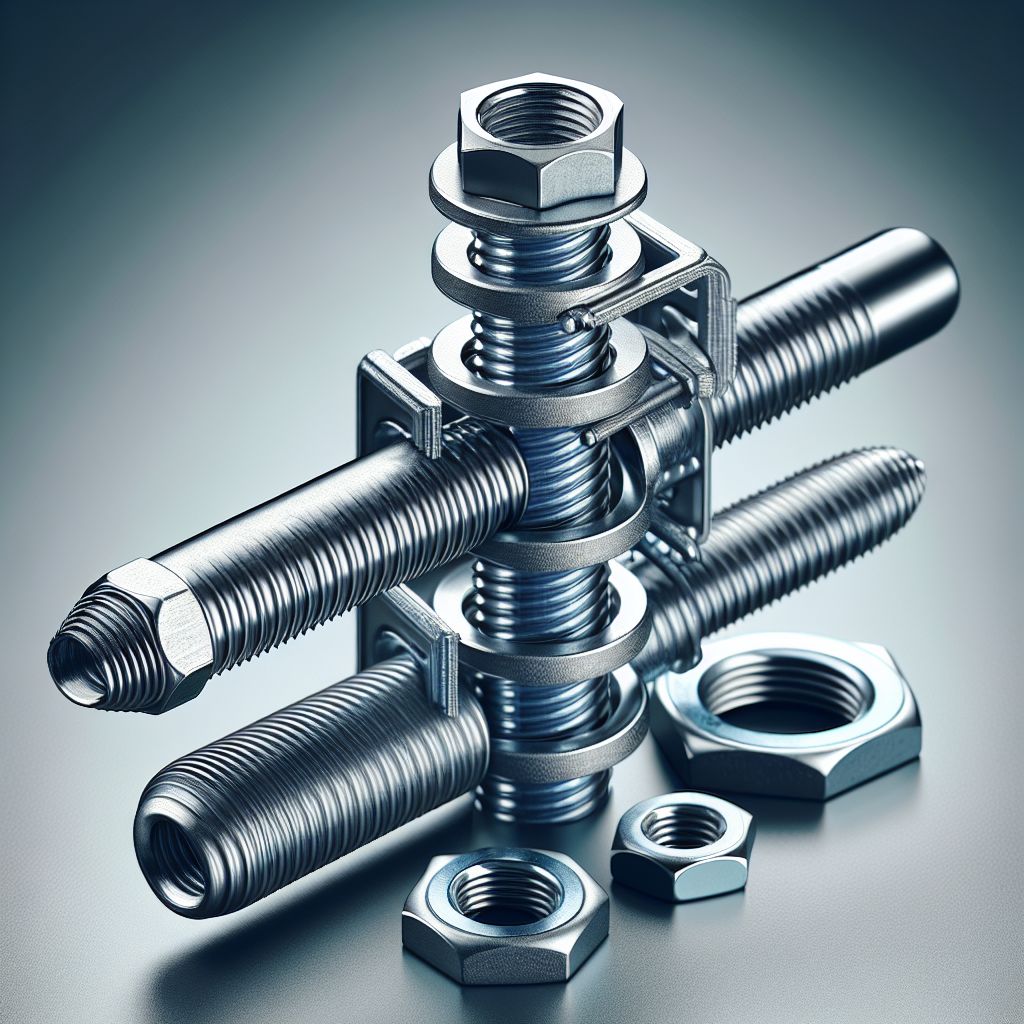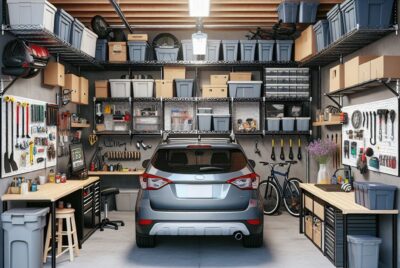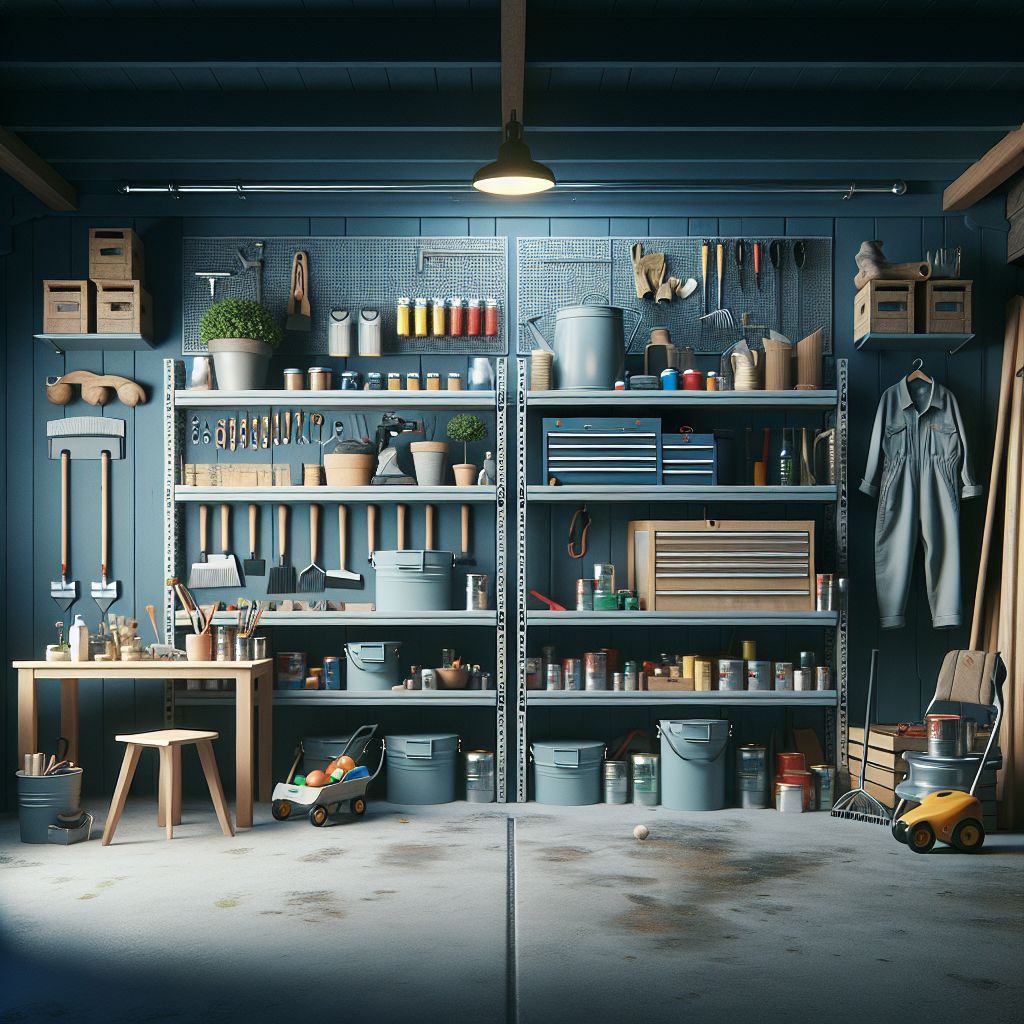Welding Table – Features, Types, and Top Picks
Welding tables are the foundation of any metalworking project. They provide a stable, heat-resistant surface for metal fabricators to work on, ensuring precision and safety during the welding process. In this comprehensive review, we will delve into the various types of welding tables, their features, and the top picks available in the market. Whether you are a professional welder or a hobbyist, this article will guide you in choosing the perfect welding table for your workshop.
Understanding Welding Table Construction
The construction of a welding table is paramount to its functionality and longevity. Typically, these tables are made from high-strength steel, providing resistance to warping and damage from high temperatures. The thickness of the tabletop, often referred to as the table’s “skin,” is a critical factor to consider. A thicker skin prevents warping and can handle heavier workpieces, ensuring a stable and flat surface for precise welds.
Another aspect of construction is the table’s modularity. Some welding tables offer modular designs, allowing for various configurations and the addition of accessories. This flexibility can be a significant advantage for welders who need to adapt their workspace for different projects.
Types of Welding Tables
Welding tables come in various types, each designed to cater to specific needs and preferences. Fixed welding tables are known for their stability and are often used in industrial settings where mobility is not a priority. On the other hand, portable welding tables are designed for welders who require mobility in their workspace. These tables are typically lighter and may come with wheels for easy transportation.
Another category is the foldable welding table, which is ideal for those with limited space. These tables can be easily stored away when not in use, making them perfect for small workshops or hobbyists. Each type of welding table serves a unique purpose, and understanding these differences is crucial when making a purchase decision.
Top Material Choices for Durability
When it comes to welding tables, the choice of material is a significant factor in determining the table’s durability. Steel is the most common material due to its ability to withstand high temperatures and resist damage from welding spatter. Some tables may also feature a zinc-plated surface or a special coating to prevent rust and corrosion, extending the table’s lifespan.
For those looking for the utmost in durability, cast iron welding tables are an excellent option. Although heavier and typically more expensive, cast iron tables offer superior resistance to warping and can support very heavy loads, making them a long-term investment for serious welders.
Design Features That Enhance Welding Efficiency
The design of a welding table can greatly affect your welding efficiency. Look for tables with grid patterns and slots that allow for the use of clamps and fixtures. These features enable welders to secure workpieces in place quickly and easily, reducing setup time and increasing productivity.
Additionally, some welding tables come with adjustable legs, allowing the user to set the table at the optimal height for their work. This ergonomic consideration can reduce fatigue and improve the overall welding experience.
Assessing Table Size and Workspace Needs
The size of the welding table you choose should align with the size of the projects you typically work on. A larger table provides more workspace, which is essential for handling big or multiple pieces simultaneously. However, a larger table also takes up more space in your workshop, so it’s important to balance the need for work area with the available space.
For those working in confined spaces, a smaller table or a foldable design might be the best option. It’s also worth considering whether you’ll need to move the table around, as this will influence whether you should opt for a portable model.
Stability and Weight Capacity
A stable welding table is crucial for achieving precise welds. The table’s weight capacity should be considered, especially if you work with heavy materials. A table that can support a substantial amount of weight without buckling or shifting ensures a safe and reliable work surface.
The table’s base design also contributes to its stability. A table with a wide base and leveling feet can be adjusted to remain stable on uneven floors, which is a common issue in many workshops.
Price vs. Quality: Striking the Right Balance
Welding tables come in a wide range of prices, and it’s essential to find a balance between cost and quality. While it may be tempting to opt for a cheaper model, investing in a high-quality table can save money in the long run due to its durability and the improved welding results it can facilitate.
However, not every welder needs the most expensive, heavy-duty table on the market. Assess your specific needs and frequency of use to determine how much you should invest in a welding table.
Top Welding Table Brands and Models
Several brands stand out in the welding table market for their quality and innovation. Brands like Miller, Strong Hand Tools, and Nomad offer a range of tables that cater to different needs and budgets. The Miller ArcStation is known for its robust construction and versatility, while the Nomad Portable Welding Table is praised for its portability and affordability.
When reviewing specific models, consider the brand’s reputation, customer reviews, and the warranty offered. This information can provide insight into the table’s performance and the company’s confidence in its product.
User-Friendly Accessories and Add-Ons
The availability of accessories and add-ons can significantly enhance the functionality of a welding table. Options like tool holders, magnetic rests, and additional clamping systems can make the welding process more efficient and organized.
When selecting a welding table, consider the range of compatible accessories offered by the manufacturer. A table that supports a wide array of add-ons will be more adaptable to various welding tasks and can grow with your needs over time.
Maintenance and Care for Longevity
Proper maintenance and care are essential for extending the life of your welding table. Regular cleaning to remove welding spatter and debris, as well as periodic checks for rust and damage, will keep your table in top condition.
Some tables may require additional maintenance, such as oiling or special treatments for the surface. Be sure to follow the manufacturer’s recommendations for care to ensure your table remains a reliable fixture in your workshop for years to come.
Summary
Choosing the right welding table is a critical decision for any metalworker. By considering factors such as construction, material, design, size, stability, and price, you can select a table that meets your specific needs and enhances your welding projects. With the right table, you can work more efficiently, safely, and comfortably, ultimately improving the quality of your welds.
FAQ Section
What is the best material for a welding table?
Steel is the most common and preferred material for welding tables due to its durability and resistance to high temperatures. For those seeking maximum durability, cast iron is an excellent choice, though it is heavier and typically more expensive.
How important is the thickness of a welding table’s top?
The thickness of the table’s top is crucial as it affects the table’s resistance to warping and its ability to support heavy workpieces. A thicker top provides a more stable and flat surface for precise welding.
Can I use a welding table for other metalworking processes?
Yes, a welding table can be used for various metalworking processes, such as cutting, grinding, and assembly. Its flat and stable surface makes it versatile for different types of metal fabrication tasks.
*We may earn a commission for purchases made using our links. Please see our Disclosure to learn more.




